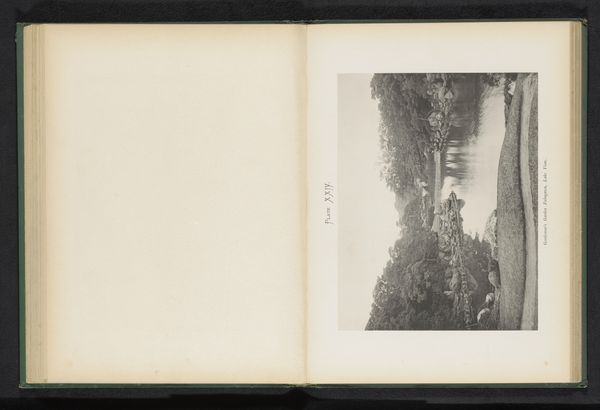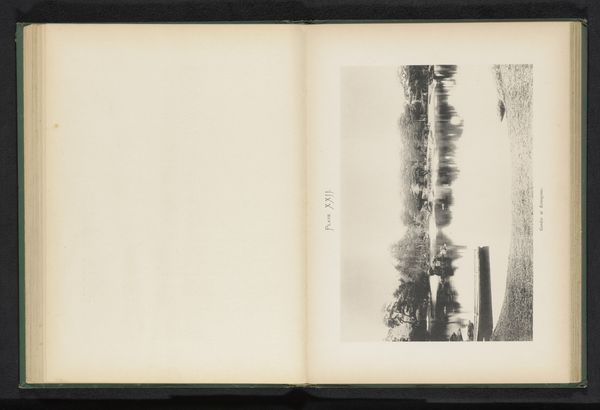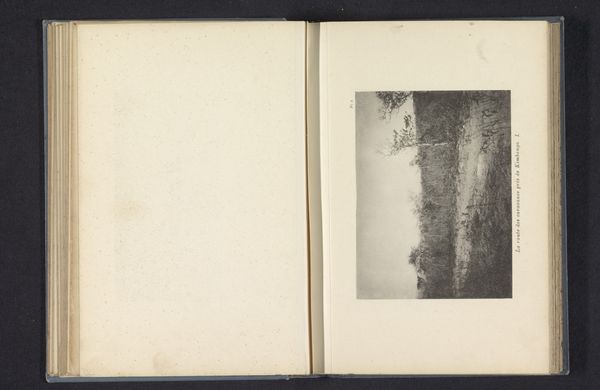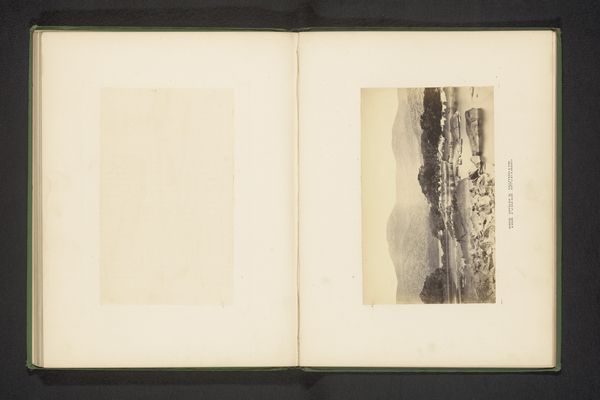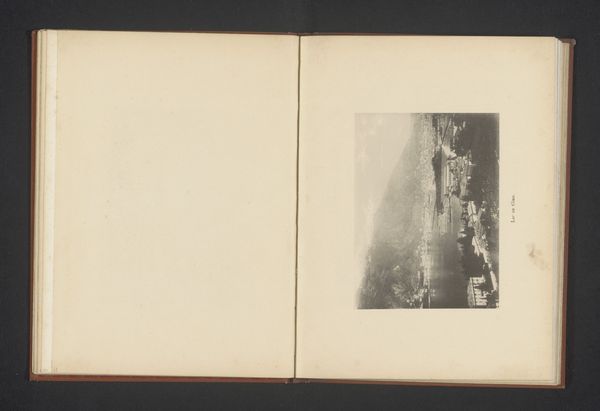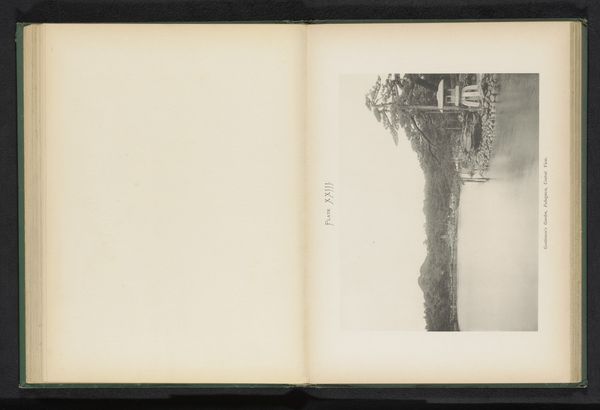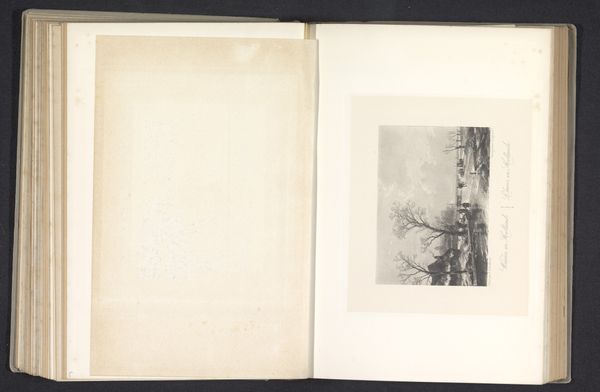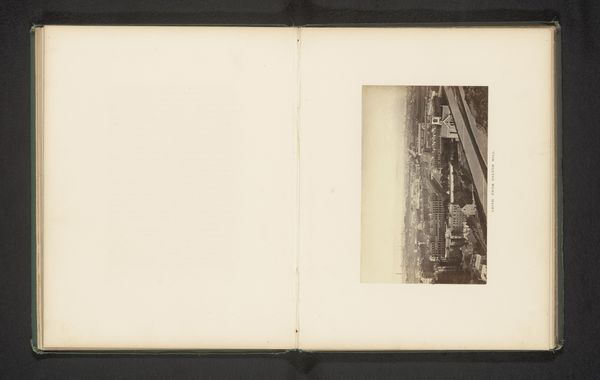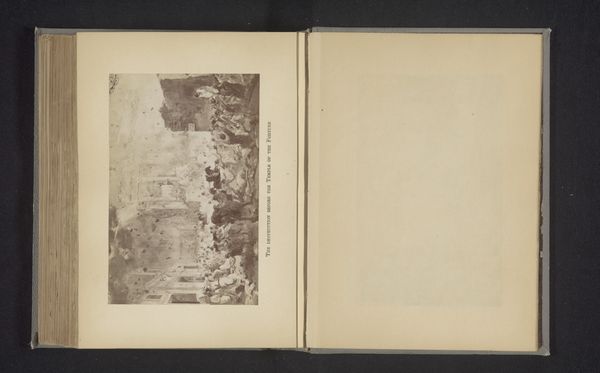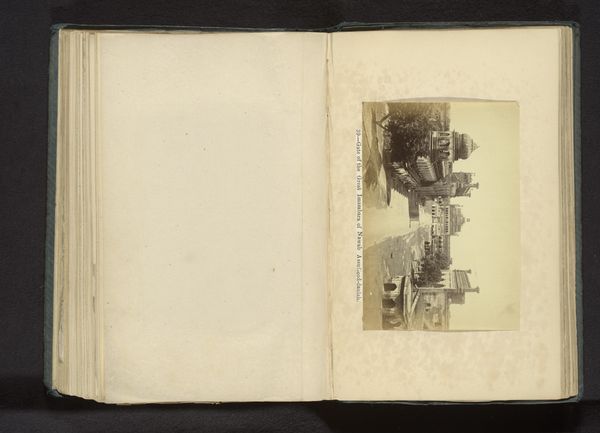
albumen-print, photography, albumen-print
#
albumen-print
#
asian-art
#
landscape
#
photography
#
cityscape
#
albumen-print
Dimensions: height 196 mm, width 254 mm
Copyright: Rijks Museum: Open Domain
Editor: This photograph, taken by Kazumasa Ogawa before 1893, shows a view of the Imperial Palace in Kyoto. It's an albumen print. I’m immediately drawn to its quiet beauty and the serene depiction of the palace reflected in the water. How do you interpret this work in a broader context? Curator: Well, I see this photograph as more than just a picturesque landscape. We have to consider the period it was created in – a time when Japan was rapidly modernizing and opening up to the West. The "Japonisme" movement in the West meant Japanese aesthetics were becoming very trendy in Europe, impacting gender roles and our understanding of sexuality as new commodities appeared on the market. Editor: So, you're saying this image participated in the global exchange of cultural ideas and the fascination of the West with Japanese aesthetics? Curator: Precisely. And it also offered the Japanese a means of portraying themselves on the world stage. Who got to craft the narrative of Japanese identity, and for what purpose? That is always a central question to ask. Think about the power dynamics inherent in early photography – who held the camera, who was being photographed, and what stories were being told, and for whom? Editor: It makes you think about the role this image might have played in shaping Western perceptions of Japan and perhaps even reinforcing certain stereotypes, right? Curator: Exactly. Was Ogawa consciously playing into the Western gaze, or was he trying to preserve something he saw as authentically Japanese? Maybe both. Editor: I never really considered those power dynamics involved in older photographs before. Thanks! Curator: It changes how we look at them, doesn’t it? Now we see it in relation to cultural trends, the emergence of photography, and the cross-cultural relationships that were present in that moment of time.
Comments
No comments
Be the first to comment and join the conversation on the ultimate creative platform.
